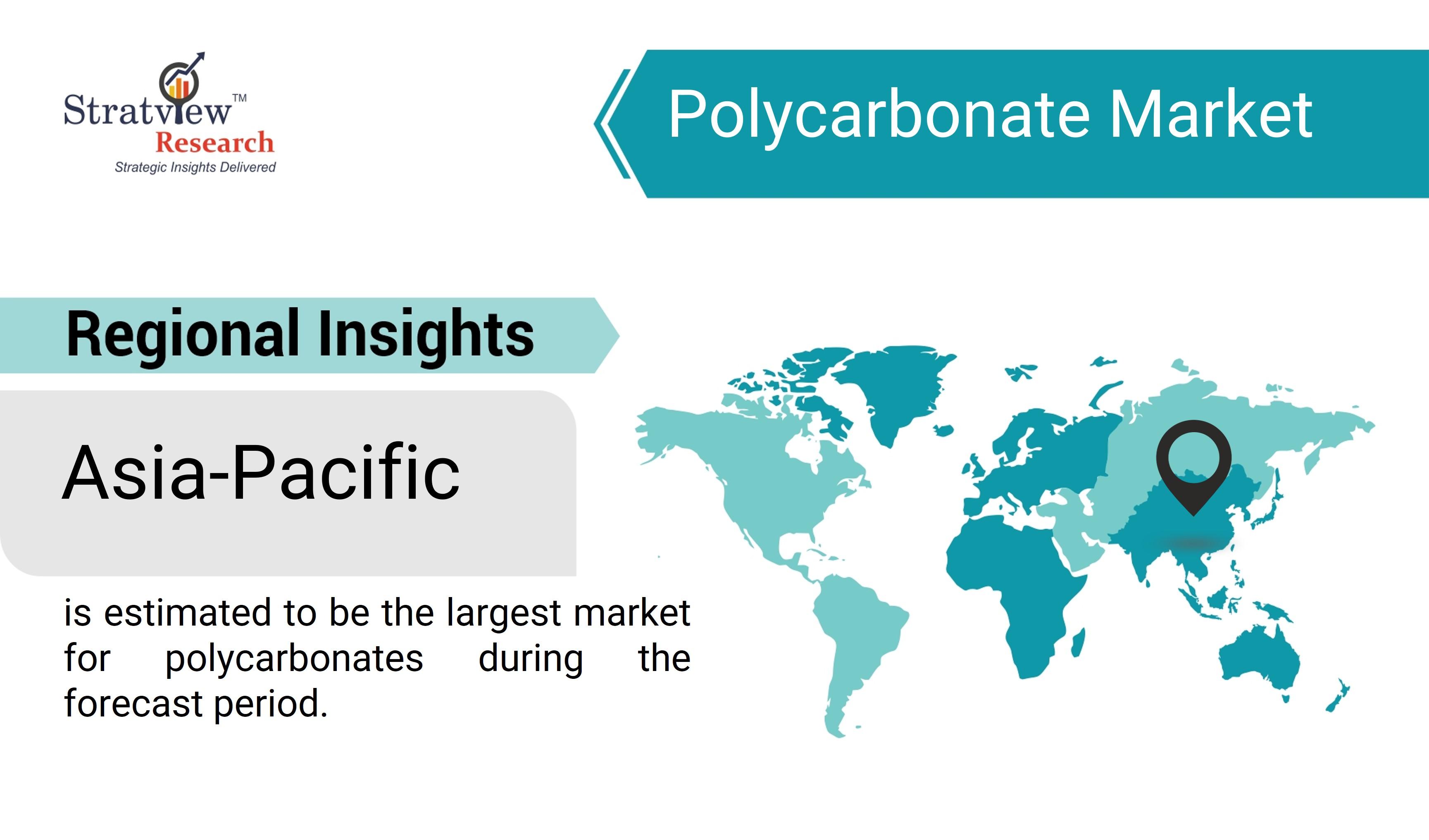The polycarbonate market has been witnessing significant growth due to its versatile applications across various industries, including automotive, electronics, construction, and medical devices. Known for its exceptional strength, impact resistance, and transparency, polycarbonate is a preferred material for products that require durability and high performance. This article provides an overview of the current trends, growth factors, and key challenges shaping the polycarbonate market.
According to Stratview Research, the polycarbonate market was estimated at USD 23.02 billion in 2022 and is likely to grow at a CAGR of 5.53% during 2023-2028 to reach USD 31.91 billion in 2028.
Market Trends
1. Growing Demand in Automotive and Electronics Sectors: One of the most notable trends in the polycarbonate market is its increasing use in the automotive and electronics sectors. In the automotive industry, polycarbonate is used to manufacture lightweight components such as headlamp lenses, interior panels, and sunroofs, contributing to fuel efficiency and reduced carbon emissions. Similarly, in the electronics sector, polycarbonate is widely used for making protective covers, housings, and connectors due to its excellent electrical insulation and flame-retardant properties.
2. Advancements in Sustainable Polycarbonate Production: As environmental concerns rise, there is a growing emphasis on sustainable and eco-friendly polycarbonate production. Manufacturers are investing in BPA-free polycarbonate grades and exploring bio-based alternatives to reduce the environmental impact. This shift is driven by stringent regulations and consumer demand for greener products, pushing the market toward sustainable innovation.
3. Increasing Use in Construction and Building Materials: Polycarbonate’s strength, UV resistance, and transparency make it an attractive choice for building and construction applications, such as skylights, roofing panels, and glazing. The material’s ability to transmit natural light while providing insulation and impact resistance is highly valued in both commercial and residential projects, especially those focused on energy efficiency.
Growth Factors
1. Rising Urbanization and Infrastructure Development: Rapid urbanization and infrastructure development, particularly in emerging markets like Asia-Pacific and Latin America, are driving the demand for polycarbonate. The need for durable and aesthetically pleasing construction materials has boosted its adoption in modern architecture.
2. Technological Innovations: Technological advancements, such as the development of polycarbonate blends and composites, are enhancing the material’s properties, making it suitable for high-performance applications. Innovations in injection molding and extrusion technologies also contribute to the growth of the polycarbonate market by improving manufacturing efficiency.
Key Challenges
1. Environmental Concerns and Regulatory Pressure: The use of bisphenol A (BPA) in traditional polycarbonate production has raised environmental and health concerns, leading to stringent regulations in many regions. This challenge is driving the market toward developing BPA-free alternatives, which can increase production costs.
2. Fluctuations in Raw Material Prices: Polycarbonate production relies heavily on petroleum-based raw materials, making it susceptible to price fluctuations. These price variations can impact profit margins for manufacturers and create uncertainty in the market.
Conclusion
The polycarbonate market is poised for sustained growth, driven by its expanding applications and ongoing innovations. However, overcoming environmental concerns and managing raw material costs will be crucial for market players to maintain their competitive edge. As industries continue to seek lightweight, durable, and sustainable materials, polycarbonate will remain a key player in the global market landscape.



